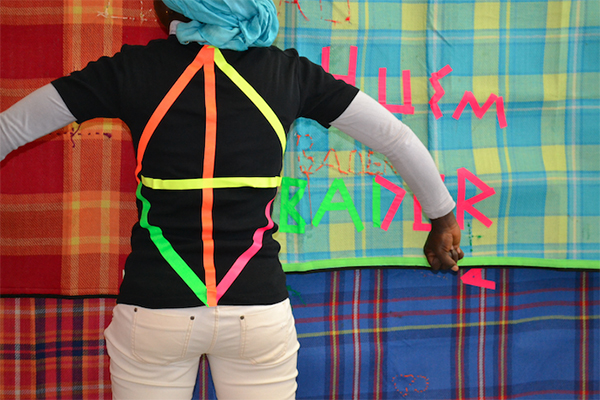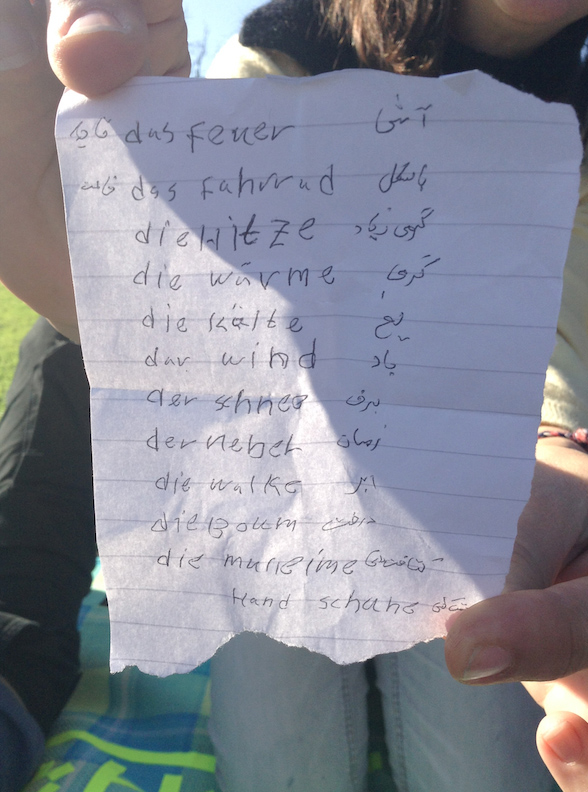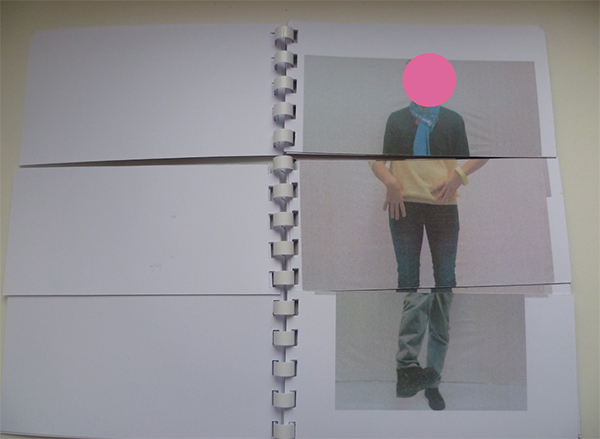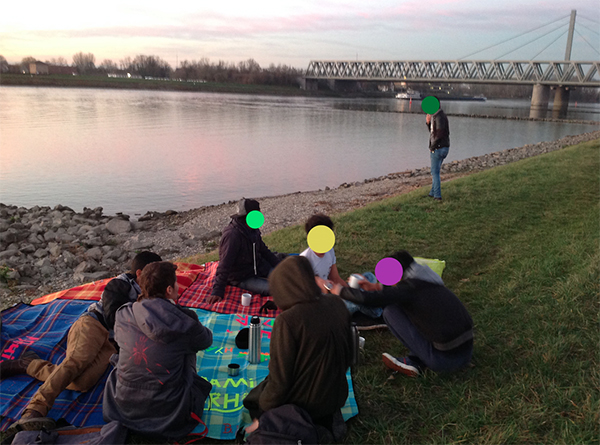PICKNICKER
in Zusammenarbeit mit der Heimstiftung
Im Rahmen des Formats „Picknicker“ lud fortda minderjährige Jugendliche mit Fluchterfahrung zu Ausflügen in und um Karlsruhe ein. Die Picknickdecke war dabei integraler Bestandteil des Projektes: sie wurde verändert, genutzt und inszeniert. Durch den spielerischen Umgang mit einem Gegenstand in immer -wieder neuen Kontexten wurden neue Umgebungen entdeckt und sich angeeignet.
Ein iPad, das als ständiges Dokumentationsmedium diente, funktionierte wie ein Logbuch. Da die Jugendlichen höchstens drei bis vier Wochen in Karlsruhe leben, dienen die Dokumentationsfotos als Verbindung zwischen den bereits stattgefundenen Ausflügen und Aktionen und dem eigenen Beitrag.
Bei all diesen Projekten bewährte sich das Zeigen von und die Arbeit mit aktuellen künstlerischen Positionen. Denn gerade angesichts sprachlicher Barrieren sind Bilder wichtige Kommunikationsmittel. Das Kennenlernen neuer Orte, das praktische Tun, sowie das Anknüpfen an die Interessen der Jugendlichen ließ sie ihren Alltag aktiv und ,in Bewegung’ erleben und sie konnten auf diese Weise eine kleine Pause von dem ständigen warten auf ihren Transferbescheid erfahren.
Die Decke wurde immer wieder umgenutzt – teils als Fahne, als Tischunterlage, als Hintergrund, als Möglichkeit, seine Signatur zu hinterlassen –, sie diente immer wieder als Bindeglied und war Einladung, auf ihr Platz zu nehmen.
_
As part of the “Picknicker” (Picnicker) format, fortda invited underage youths with experiences of displacement to excursions in and around Karlsruhe. The picnic blanket was an integral part of the project: it was changed, used and staged. Through the playful handling of an object in ever new contexts, unfamiliar parts of the city were discovered and appropriated.
An iPad, which was used as a constant documentation medium, took on the function of a logbook. Since the youths usually stay in Karlsruhe for a maximum of only three to four weeks, the documentary photos serve as a link between the excursions and interventions that have already taken place, and their own contribution within the project.
In all of these projects, showing and working with current artistic positions proved to be helpful. It is precisely when language barriers occur that images are important means of communication. By getting to know new places, engaging in practical action, and connecting with their interests, the youths experienced their everyday life actively and ‘in motion,’ and in this way were able to experience a short relief from constantly waiting for their transfer notice.
The picnic blanket was used again and again – as a flag, a table mat, background, or an opportunity to leave one’s own signature – thus continuously serving as an element of connection and an invitation to have a seat.
_
Max Kosoric
Sanne Pawelzyk







